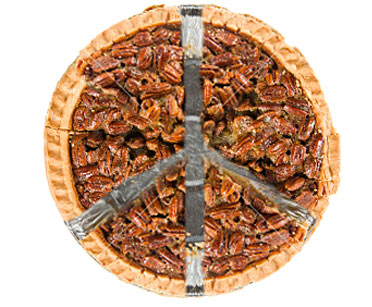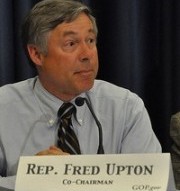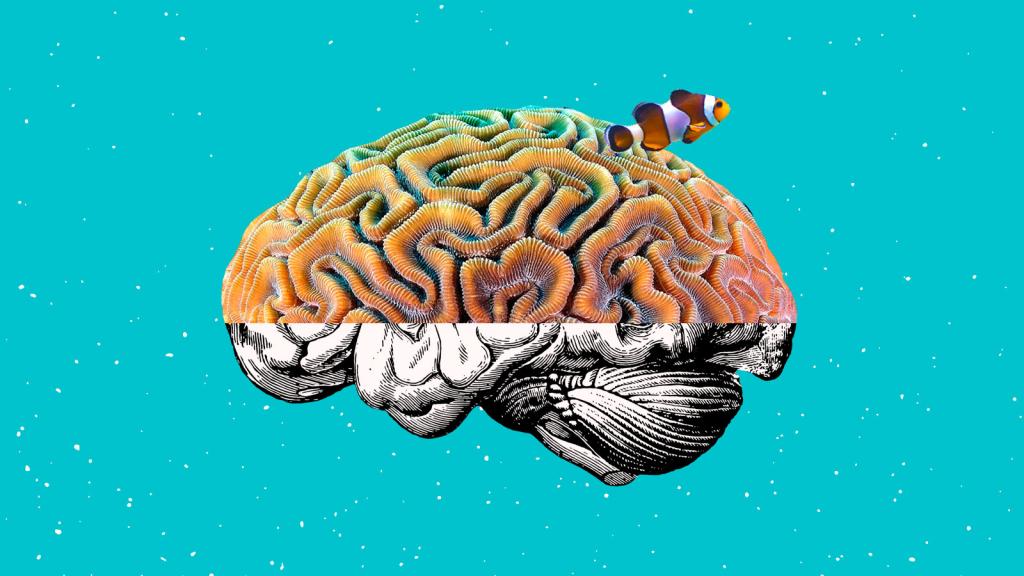 Rep. Upton wrote the bill with his trunk.Photo: Eric MolinaCross-posted from the Natural Resources Defense Council.
Rep. Upton wrote the bill with his trunk.Photo: Eric MolinaCross-posted from the Natural Resources Defense Council.
Barry Goldwater famously said, “extremism in the defense of liberty is no vice.” Maybe so, but extremism in the defense of fantasy is a tougher sell. Still, that doesn’t stop some members of Congress from trying.
Exhibit A this week is the attempt to legislate an alternate reality, offered up by Reps. Fred Upton (R-Mich.) and Ed Whitfield (R-Ky.) with accompanying cheers from Sen. Jim Inhofe (R-Okla.). Their draft bill would eliminate Clean Air Act provisions that would allow the EPA to set common-sense standards to cut the pollution from large industrial polluters that causes climate disruption. Whitfield chaired a hearing on this bill [PDF] today. (You can find my full statement on this bill here [PDF].) The authors call their bill the “Energy Tax Prevention Act of 2011” but a better name would be the “Reality Prevention Act.”
The novel idea in this bill is that Congress can simply vote out of existence scientific facts that a majority does not like. That’s what this bill would do. It would “repeal” (yes, the bill really says “repeal”) a scientific determination by the EPA that carbon dioxide and other greenhouse-gas pollutants are a threat to human health and welfare. Interesting concept: EPA scientists, after studying the work of thousands of other scientists, conclude that global warming pollution threatens our health and welfare. And Congress responds, “No it doesn’t and we have the votes to prove it!”
Why didn’t we think of this before? All those threats in the real world that concern us? Let’s just vote them away. Let’s vote that cigarettes do not contribute to lung cancer; let’s vote that lead and mercury are not brain poisons; let’s vote that diet and lack of exercise have nothing to do with being overweight. Let’s vote there is no flu virus on the way (we can save all that spending on vaccines). Let’s vote that the threat of terrorist attacks on America is over (hooray, no more airport pat-downs).
Gosh, voting away the science we don’t like is so much easier than actually thinking about these problems and deciding what to do about them.
“Ahh,” you may think, “wasn’t that EPA report just an Obama administration invention?” But you would be wrong. EPA’s study was actually the result of a Bush administration program, started in 2001, to study the science of climate change. Jump to 2007, when the Supreme Court told EPA to decide whether greenhouse-gas pollution is a threat to public health and welfare and if it is, to do something about it using the tools in the Clean Air Act. So in May 2007, President George W. Bush directed the EPA to respond. After nearly three years of work, including two rounds of public comment on draft reports, the EPA concluded in December 2009 that the science does indeed demonstrate that carbon dioxide and other greenhouse-gas pollution endanger public health and welfare. Following additional challenges to this final report, the EPA published yet another voluminous report that responded to all those critiques. And all of these findings are now being reviewed by the courts.
But, maybe Upton and Whitfield commissioned their own independent expert scientific review that shows the EPA’s conclusions were flawed? Well, noooo … actually there is no contradictory independent report. The reality is that the EPA’s conclusions are completely consistent with reports of other scientific studies in the U.S. and around the world [PDF]. But if you can create your own reality by voting it into being why waste all that time considering the facts?
Which brings me to the second novel aspect of this bill. As well as inventing their own science, the authors have invented their own version of the existing Clean Air Act rather than the real one that Congress enacted. You see, in addition to repealing the EPA’s science decision, the bill also overturns the Supreme Court’s ruling that carbon dioxide is a pollutant under the Clean Air Act and it repeals all of the EPA’s authority to limit this pollution (or to think about it any manner) in order to protect against climate disruption. The authors argue these extreme measures are needed because the current Clean Air Act gives the EPA enormous power to do deep harm to the American economy. That’s where the authors’ second alternate reality comes in. In the real world, the existing Clean Air Act does not allow the EPA to set rules that would create economic disruption.
There are three provisions of the Clean Air Act that the EPA could use to cut carbon dioxide pollution and each one of them explicitly requires the EPA to prove that any pollution standards it sets are technically feasible and economically reasonable. For example, last year the EPA, working with automakers, set tailpipe standards for new vehicles. The act allows the EPA to set those standards only if the EPA demonstrates there is available technology to meet the standards, considering the “cost, energy, and safety factors” associated with using the technology. (CAA, Sec. 202 for you budding lawyers)
Next, the EPA has issued rules requiring large new pollution sources (as well as existing sources that are modified so pollution increases) to apply options that are technically feasible and affordable to reduce greenhouse-gas pollution. This requirement has been in operation for other pollutants for over 30 years under a provision that, you guessed it, requires the EPA or state agencies to determine, on a case-by-case basis, that any standard they set must be “achievable,” “taking into account energy, environmental, and economic impacts and other costs.” (CAA, Sec. 169)
Finally, the EPA plans to adopt emission standards for coal, oil, and gas power plants and for oil refineries (and maybe other large industrial sources in the future). As with the EPA’s other authorities, the Clean Air Act limits what the EPA is allowed to do: Any emission standards it adopts under this part of the law must not only be technically achievable but the technology must be “adequately demonstrated, taking into consideration the cost of achieving such emission reduction, any nonair quality health and environmental impact and energy requirements.” (Sec. 111) (Yep, some inventive scribe actually stuck “nonair” into the Clean Air Act. Hey, English is a living language, right?)
So, while the imaginary Clean Air Act of the Upton-Whitfield-Inhofe world would allow the EPA to run amok, the real Clean Air Act already does what they claim they want to do, which is to make sure that the EPA is not able hurt the U.S. economy as it requires polluters to clean up their act.
But maybe the Clean Air Act is like the old Soviet Constitution — looks good on paper but in the real world it sucks. Noooo … here too the real world puts the scare claims to rest. A peer-reviewed study comparing all the compliance costs imposed by Clean Air Act rules from 1970-1990, to the economic benefits produced by these rules in that period, concluded that benefits amounted to $22 trillion, while compliance costs were $525 billion — a 40-to-1 payoff ratio for the American economy. A later study for the period from 1990-2020 finds that updated Clean Air Act pollution-cutting standards will continue to deliver benefits far in excess of compliance costs.
All this would just be the stuff of dark humor if the stakes for real human beings were not so high. Climate disruption is a problem that can sneak up on you, especially if you hold beliefs that make you want to look the other way. Our best hope is that there are people of good judgment who can reach the politicians who believe that the threat is not real or that we can afford to wait even longer before acting. The basis for the Upton-Whitfield-Inhofe bill is fantasy, but it would do huge damage in the real world if it ever became law.



